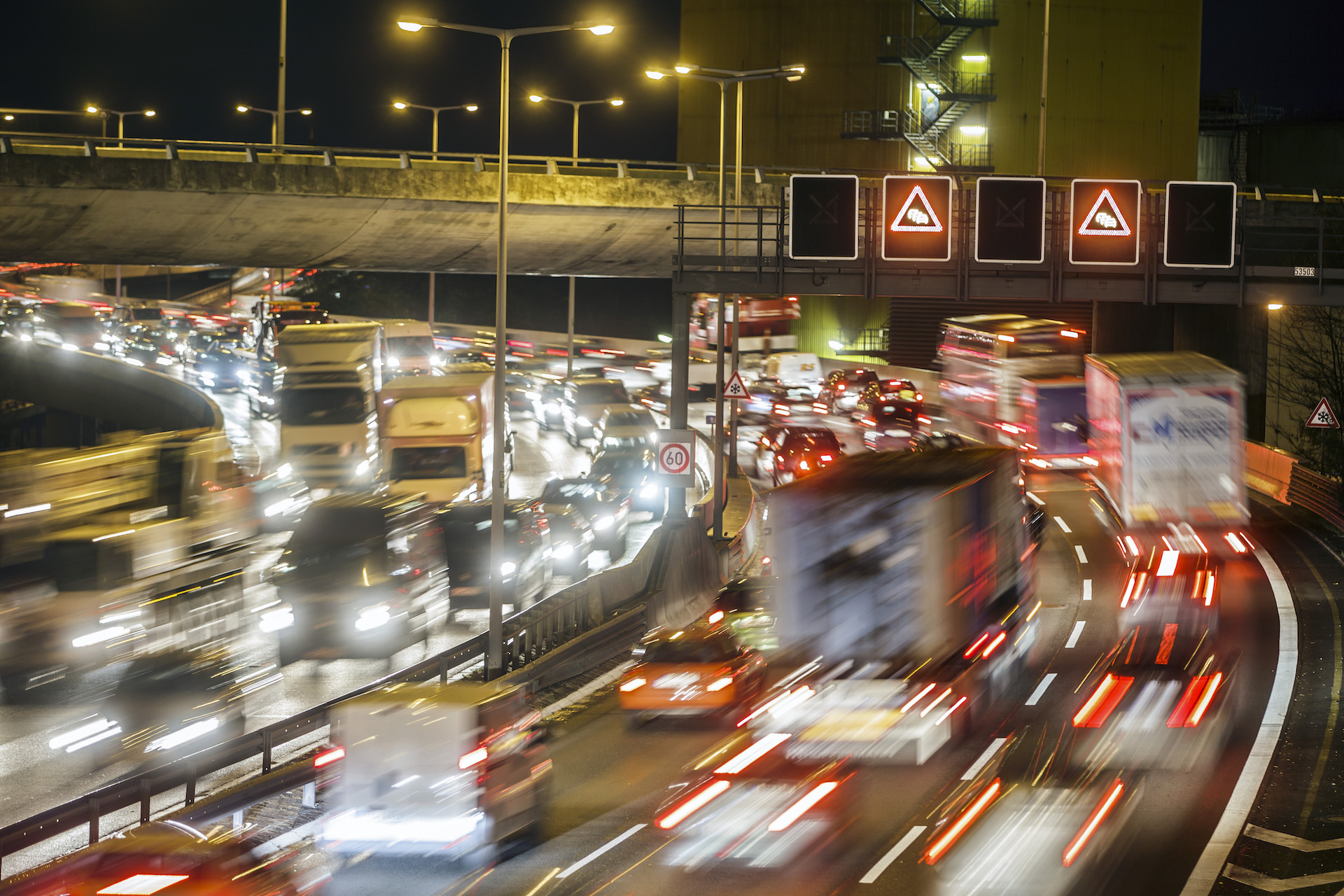

According to findings released by the National Security Council, an estimated 40,200 people were killed last year in car crashes—up 6 percent from 2015 and up 14 percent from 2014, making this the highest uptick over two years of traffic-related deaths in 53 years.
The increase, of course, is linked to people driving more often this year—the NSC reports that lower fuel prices and cars with increased fuel economy attributed to it—but that’s only part of the picture. The rest? Arrogance, delusion, and a complete lack of responsibility.
In a survey conducted by the NSC whose data were revealed today, 64 percent of participants said they felt comfortable speeding; 47 percent felt comfortable texting—either manually or using a voice-based service—while driving; 13 percent felt comfortable driving while under the influence of marijuana; and 10 percent felt comfortable driving even after they felt like they consumed too much alcohol.
Behavior might be more dangerous than NSC reported
Inherent in any survey, though, there exists a discrepancy between reported behavior and actual behavior, so these numbers may, in fact, be higher than what the NSC reports—and it wouldn’t be all that surprising. Think about all the times you’ve pulled up to a set of lights only to see the driver next to you furiously dancing his fingers across his cellphone screen. It’s not infrequent.
Deborah A.P. Hersman, NSC President and CEO said, “Our complacency is killing us. Americans believe there is nothing we can do to stop crashes from happening, but that isn’t true. The U.S. lags the rest of the developed world in addressing highway fatalities. We know what needs to be done; we just haven’t done it.”
Despite new cars being the safest of any decade—we have electronic stability control, lane departure warnings, collision avoidance technology, blind spot detection, radar-guided cruise control, airbags, and many other life-saving technologies—traffic fatalities are increasing annually. Though these systems are in place to reduce the risk of crashes, there’s no substitute for a responsible, defensive, and alert driver.